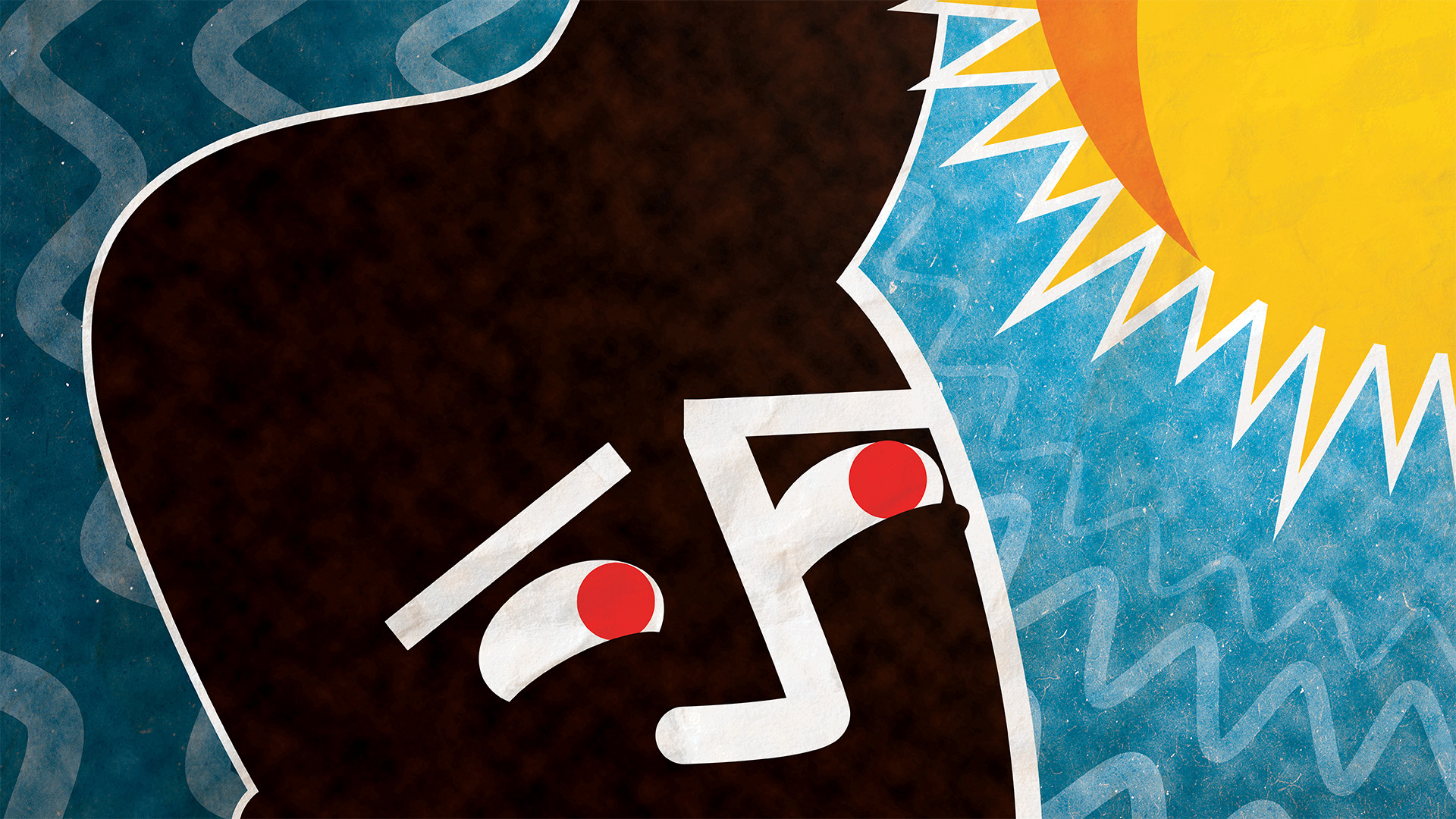We all know the harmful effects of the sun touching our skin, so we ready ourselves with sunscreen to block the rays. But what about our eyes? What would happen if we happened to stare directly at the sun? Following is a transcript of the video.
Whether it’s to map the stars, spy on other planets, or study the sun, humans have been looking to the skies for millennia. But some objects are safer to observe than others. For example, astronomer Mark Thompson put a pig’s eye behind a regular telescope aimed at the sun and it burned a hole straight through the lens in about 20 seconds.
Now, looking at the sun through a telescope is an especially terrible idea but just how bad is it to glance up with the naked eye?
On a clear day, the sun shines up to 5,000 times brighter than an average light bulb. When something that bright strikes your eye, a few things can happen.
If it's only for a moment, the worst you'll experience is a blurry splotch on your vision called an after image.
Normally, light reaches the retina at the back of your eye, where it triggers photoreceptors that relay the information to your brain. This is how you are able to see anything.
But bombard them with too much light at once, and you can actually damage the cells and proteins that help them process light. Since your retina has no pain receptors, the damage won't hurt, but it will leave that blurry splotch on your vision.
Usually, it clears up in a few minutes that is, unless you keep staring.
Now, you're doing more than just overloading your retina. For starters, you're giving your eyes an abnormally high dose of UV radiation the same stuff that causes sunburns. Like your skin, the cornea at the front of your eye can also burn. And that will hurt.
The cornea protects the rest of your eye and is therefore covered in pain receptors that alert you whenever a pesky eyelash is on the loose. But UV radiation isn't the only issue. Too much visible light can penetrate your eye and damage the retinal tissue, which causes a condition called solar retinitis. This means parts of your retina can no longer process light normally, so you can end up with entire chunks of your vision blurred out. Depending on the extent of the damage, recovery can take weeks, months, and in severe cases over a year. But in rare cases, the damage is so extreme it never heals, leading to a rare condition called solar retinopathy. This usually only shows up in reckless eclipse gazers. Turns out, during a solar eclipse, most of the sun's light is blocked, which actually can trick your brain into thinking it's safe to stare. Normally, our bodies have a built-in defense mechanism against staring at the sun. Specifically, when we squint we look up, which minimizes the amount of light coming in and protects our cornea and retina. But during a solar eclipse, the sun doesn't appear bright enough to trigger our defense mechanisms so we can end up staring for longer than is safe. Suffice it to say, there's nothing good about staring at the sun. So do your eyes a favor and avoid looking at it. After all, there are around 6,000 stars in the night sky you can safely observe for as long as you wish.
